
Incredible Images: Earth in 2011
Chile Volcano Sunsets
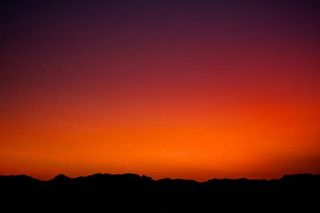
The ash, other small particles and gas spewed by Chile's Puyehue-Cordón Caulle volcano were moved around the atmosphere above the Southern Hemisphere by air currents, wreaking havoc on air travel in Australia and New Zealand.
But these diffuse plumes also treated Southern Hemisphere denizens to stunning sunsets and sunrises by scattering and refracting incoming sunlight in a way that favors the transmission of light closer to the red end of the spectrum.
This phenomenon can be seen in this image of sunset from New Zealand's Mt. Wellington. [See more sunset images.]
Circumhorizon Arc
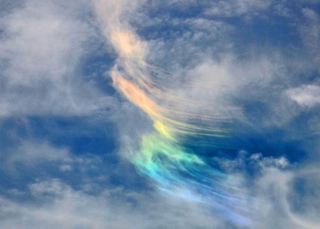
A colorful apparition materialized over Washington in June.
The colorful phenomenon, known officially as a circumhorizon arc, occurs when sunlight strikes cirrus clouds the kind that typically look like cotton candy and form very high in the sky at a certain angle.
The clouds' ice crystals act the same way crystals in a sparkly bracelet or ring might. When light hits the crystals' facets at a certain angle, it is separated out into all the colors in the spectrum.
Arctic Melt Ponds

The Arctic may conjure images of a monotonous sheet of white ice as far as the eye can see. But in reality, that ice is anything but uniform.
The sea ice atop the Arctic Ocean can as shown in this photograph from July 12 look quite varied.
The areas of blue in the image are called melt ponds. As ice melts, the liquid water collects in depressions on the surface of the sea ice and deepens them, forming melt ponds.
Researchers on the NASA-funded ICESCAPE mission (Impacts of Climate on Ecosystems and Chemistry of the Arctic Pacific Environment) examined melt ponds, the ice around them and the waters below this summer.
NYC: An Astronaut's View
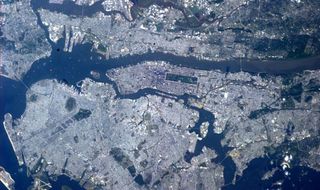
All five boroughs of New York City -- Manhattan, Brooklyn, Queens, the Bronx and Staten Island -- and the clear skies above them can be seen in this image taken by NASA astronaut Ron Garan aboard the International Space Station on Sunday (July 31).
Snow in the Atacama
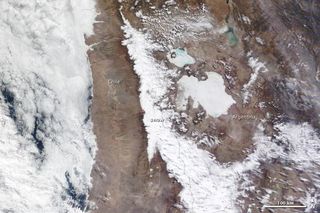
Ordinarily, the flashes of white in South America's Atacama Desert rise from salt pans. But on July 7, 2011, when the Moderate Resolution Imaging Spectroradiometer (MODIS) on NASA's Terra satellite acquired these images, the white came from a far rarer commodity: snow.
The snow came in early July (winter in the Southern Hemisphere), when a cold front dumped up to 80 centimeters of snow (32 inches) on the driest desert in the world.
A Family Portrait
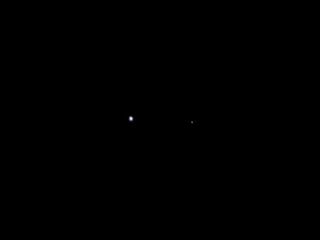
Earth (on the left) and the moon (on the right) were seen by NASA's Juno spacecraft on Aug. 26, 2011, when the spacecraft was about 6 million miles (9.66 million kilometers) away. The photo was taken by the spacecraft's onboard camera, JunoCam.
Gigapan of Hurricane Irene's Damage
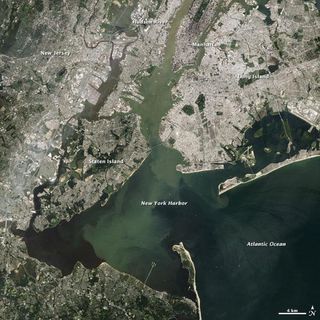
Satellite observations of the damage wrought by Hurricane Irene were stitched together into one continuous "gigapan" image of the U.S. East Coast.
Hurricane Irene began its Eastern Seaboard onslaught as it approached landfall in North Carolina on Aug. 27. The winds and rains of the hurricane, then a Category 1, battered the Outer Banks. The damage continued with major inland flooding up through the Mid-Atlantic states as well as a significant storm surge in coastal bays and rivers.
Irene made its final landfall at Coney Island in New York City on the morning of Aug. 28 as a strong tropical storm. Its worst effects spared New York, but the storm caused major flooding in states across the Northeast.
Sign up for the Live Science daily newsletter now
Get the world’s most fascinating discoveries delivered straight to your inbox.
Arctic Camera Traps
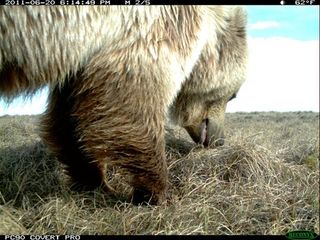
Scientists with the Wildlife Conservation Society placed camera traps in Arctic Alaska to see how the presence of predators that benefited from human activity were impacting nesting birds in the area.
In this shot, a grizzly bear is sniffing around close to the camera.
Siberian Snow Leopards Spotted
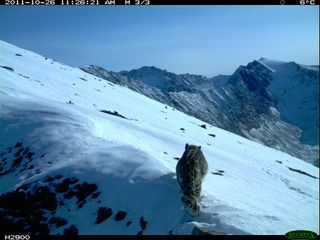
Motion-sensor-equipped cameras took the first images of the elusive and threatened snow leopard in a remote mountain range in Siberia in October.
The cats were spotted at an altitude of about 13,100 feet (4,000 meters) on the Chikhachyova Ridge in the Altai Republic, a semiautonomous region in southern Russia.
In addition to the snow leopards, the cameras caught images of a rarely seen Pallas cat, also called a manul, a thick-furred feline about the size of a domestic cat.
Indian Ocean Clouds
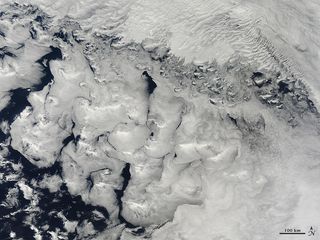
These brush strokes of bright holiday swirls were made by winds and atmospheric eddies moving over the far southern reaches of the Indian Ocean.
The natural-color image was captured by the Moderate Resolution Imaging Spectroradiometer (MODIS) on NASA's Terra satellite on November 30, 2011. According to Patrick Minnis, a cloud expert at NASA's Langley Research Center, there are at least three layers of clouds in the image.
Pine Island Glacier Crack
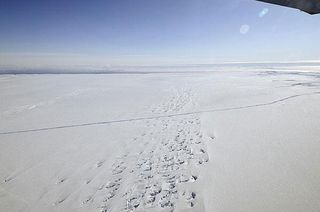
A huge, emerging crack was discovered in Antarctica's Pine Island Glacier by a NASA plane mission.
The crack portends the calving of an iceberg from the glacier, which last happened in 2001.
Pine Island Glacier is of particular interest to scientists because it is big and unstable and so is one of the largest sources of uncertainty in global sea level rise projections.










